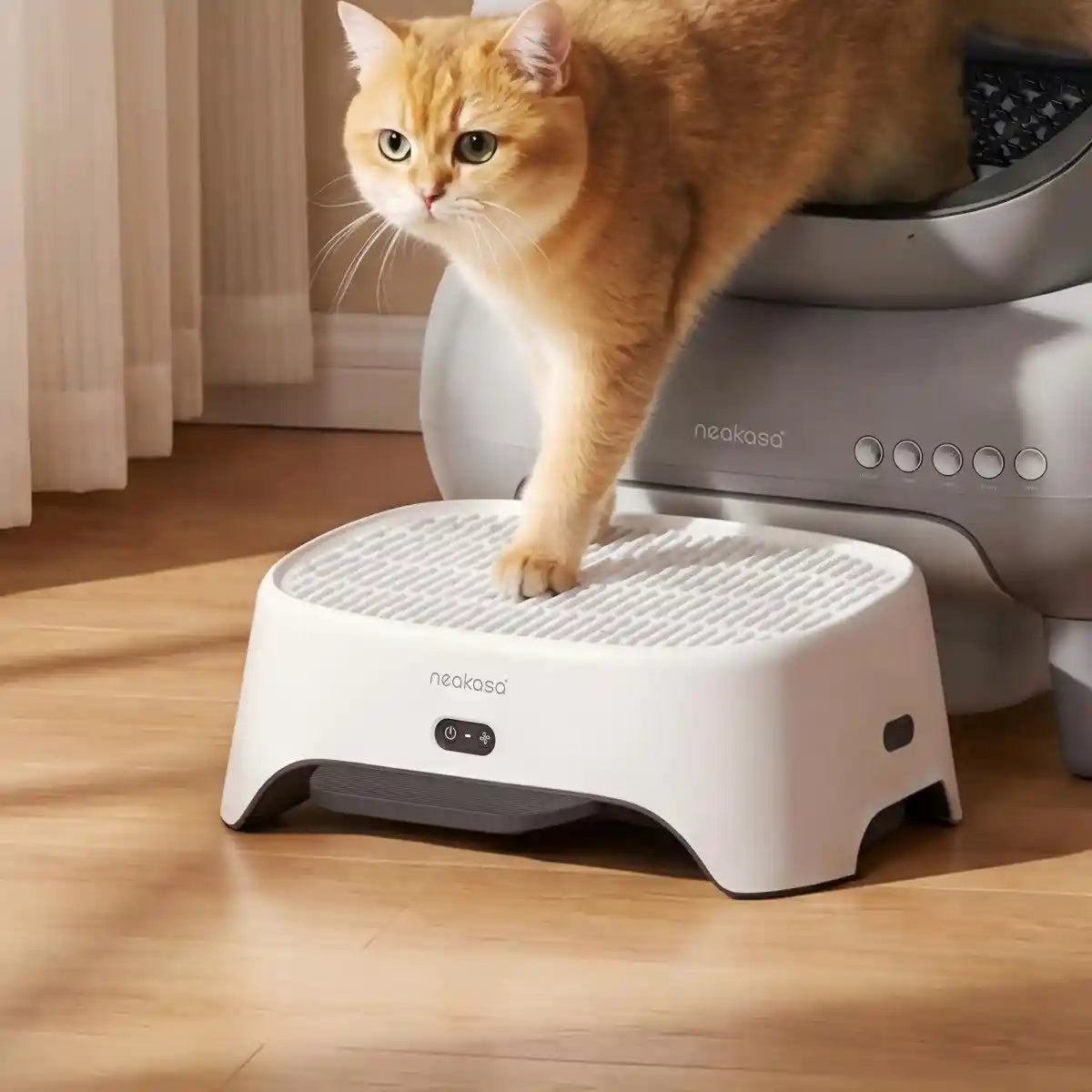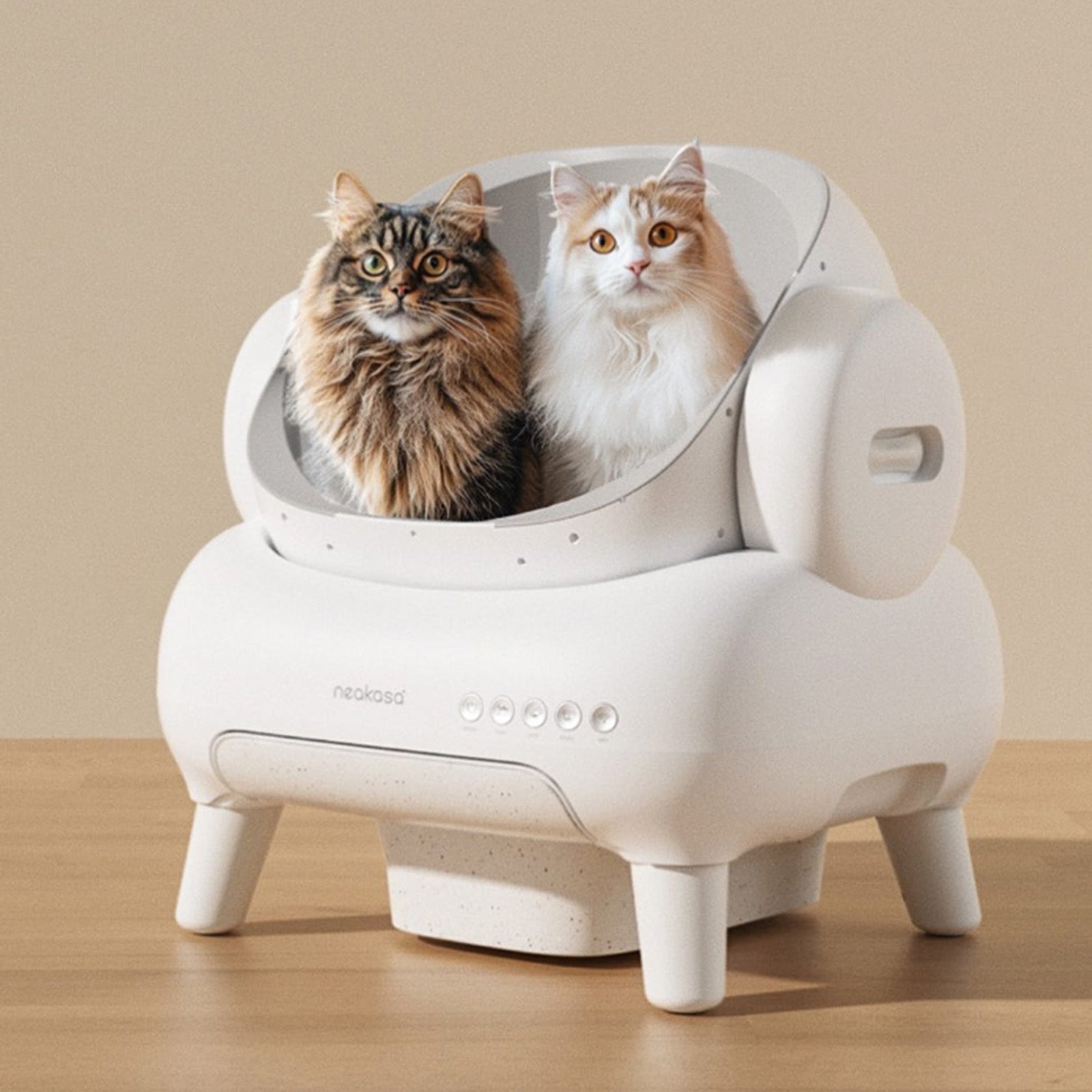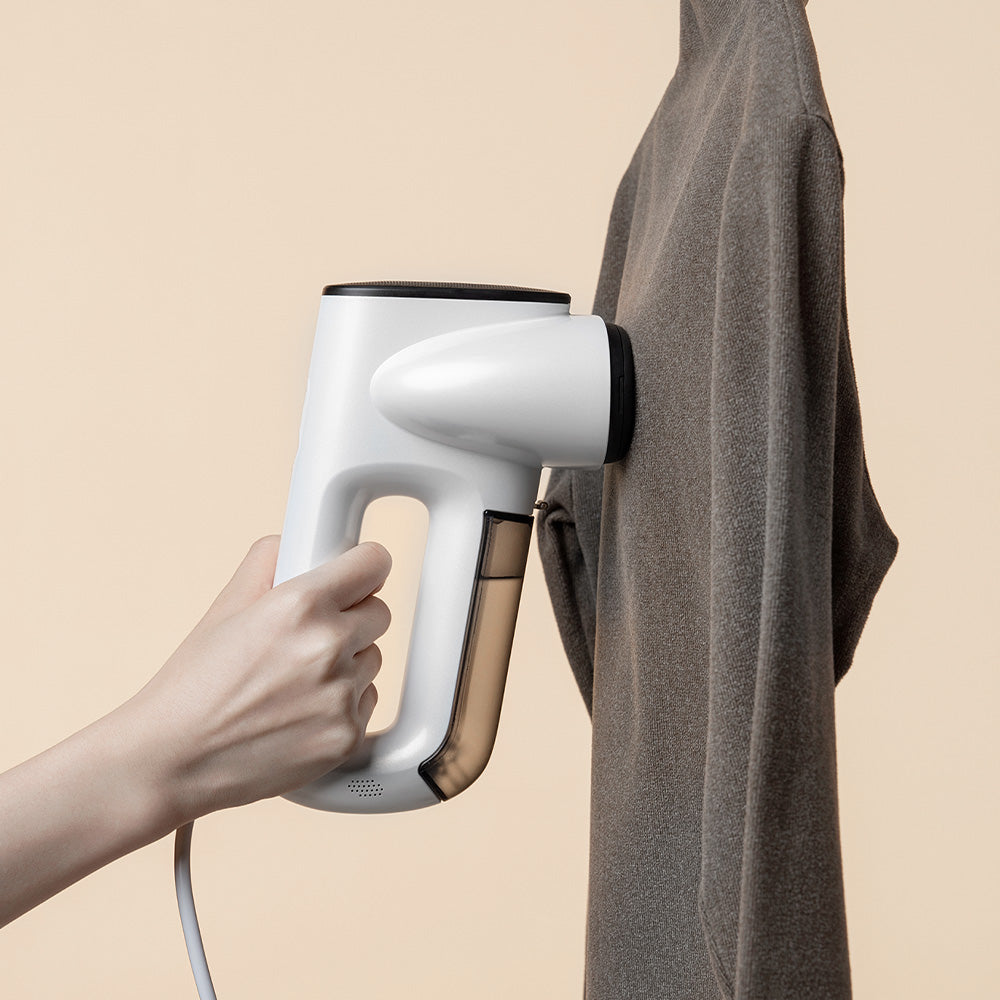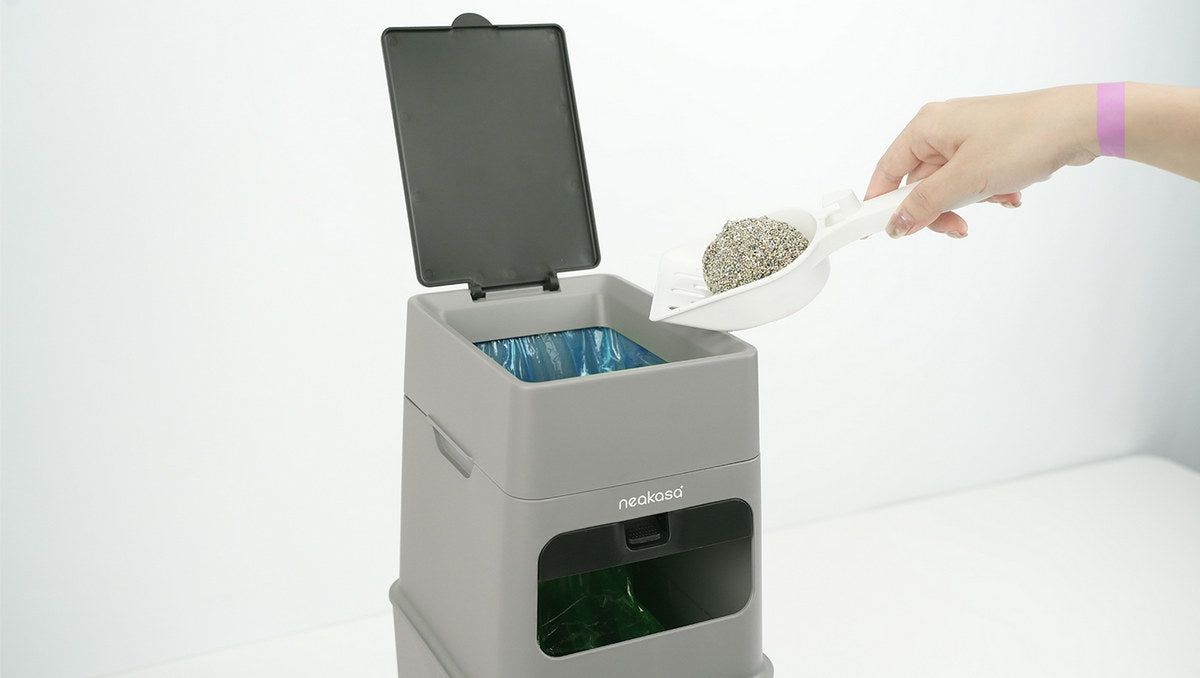As more cat owners seek sustainable ways to manage pet waste, composting cat litter has become a popular, eco-friendly option. It reduces landfill use and tackles common litter box challenges like odor and disposal.
This guide covers compostable litter types, safe composting practices, DIY methods, and key precautions—so you know when composting is effective and when to avoid it.

Highlights:
What Makes Cat Litter Compostable?
Compostable cat litter is made from natural materials that can break down naturally over time in a composting environment. These biodegradable options have become increasingly popular as pet owners seek more sustainable alternatives to traditional clay litters.
Types of Compostable Cat Litter:
| Material | Characteristics | Composting Notes |
|---|---|---|
| Wood | Pine, cedar, or recycled wood pellets | Excellent carbon source for compost |
| Paper | Recycled paper pellets or crumbles | Breaks down easily, good absorbency |
| Corn | Made from corn kernels or cobs | Biodegrades well, lightweight |
| Wheat | Processed wheat materials | Natural clumping, breaks down quickly |
| Grass | Compressed grass seed | Fast-decomposing, renewable resource |
| Tofu/Soy | Made from soybean byproducts | Biodegradable, often flushable |
Cat Litters You Should Never Compost
- Bentonite Clay (Clumping): Does not break down and can contain mining contaminants
- Silica Gel Crystals: Contains synthetic chemicals and doesn't biodegrade
- Scented or Treated Litters: Often contain artificial fragrances and chemicals that can harm beneficial composting organisms
The key difference lies in the material's ability to break down naturally. While compostable litters return to the earth as soil-enriching matter, non-compostable varieties can persist in landfills for decades or even centuries.
Why You Shouldn’t Compost Cat Waste?
This is perhaps the most critical section of this article. While composting cat litter sounds eco-friendly, there are serious health risks associated with composting cat feces that every pet owner should understand.
Toxoplasmosis: The Hidden Danger
The primary concern with composting cat waste is Toxoplasma gondii, a parasite commonly found in cat feces. This parasite can cause toxoplasmosis, a disease particularly dangerous for:
- Pregnant women (can cause birth defects or miscarriage)
- People with compromised immune systems
- Young children
The problem with home composting is that most backyard setups cannot reliably maintain the high temperatures needed to kill this parasite. Toxoplasma gondii requires sustained temperatures of at least 165°F (74°C) for several days to be eliminated—temperatures rarely achieved in typical home composting systems.
Additional Health Risks in Cat Waste
Beyond Toxoplasma, cat waste may contain various other harmful organisms:
- Bacteria (E. coli, Salmonella)
- Roundworms and hookworms
- Other parasites and their eggs
Where You Should (and Shouldn’t) Use Compost
If you're unsure about composting, it’s best to review your options for how to dispose of cat litter safely. Even if you compost only used litter without visible feces, the resulting compost should never be used for:
- Vegetable gardens
- Herb gardens
- Fruit trees or bushes
- Any plants intended for human consumption
The compost should be strictly limited to ornamental plants, flowers, shrubs, or non-food garden areas.
4 Steps to Compost Cat Litter Safely
If you're committed to composting cat litter, follow these guidelines to minimize health risks:
Step 1: Choose the Right Litter
Only use natural, biodegradable litters made from materials like:
- Wood pellets or shavings
- Paper products
- Plant-based materials (corn, wheat, grass)
Avoid any litters containing chemicals, fragrances, or non-biodegradable materials.
Step 2: Separate Feces from Litter (Critical Step)
The key to safer composting is separating cat feces from the litter. This can be done by:
- Scooping out solid waste and disposing of it separately (flush in toilet where permitted by local regulations or bag and place in trash)
- Using a sifting litter box system to separate waste
If you scoop your cat’s litter by hand, the Neakasa PooGuard is a cleaner way to throw away the waste. Just toss the feces into the PooGuard—its sealing system locks in bad smells. This makes cleanup easier and keeps things fresh while you decide what to do with the rest of the litter.

- Powerful Odor Protection, No More Stink.
- More Capacity, Less Hassle.
- Easy Drop-In with a Wider Opening.
Step 3: Create a Dedicated Composting System
For composting used (but feces-free) cat litter:
Choose the right composting bin:
- Use a separate, dedicated bin for cat litter composting
- Select a bin with good aeration (drill holes if necessary)
- Consider a three-bin system for different stages of decomposition
Balance your compost mixture:
- Cat litter (especially wood and paper-based) is high in carbon
- Add nitrogen-rich materials like grass clippings or vegetable scraps (avoid meat/dairy)
- Aim for a carbon-to-nitrogen ratio of approximately 30:1
Maintain proper conditions:
- Keep the compost moist but not soggy (like a wrung-out sponge)
- Turn the pile regularly to aerate it (every 1-2 weeks)
- Monitor temperature with a compost thermometer if possible
Step 4: Allow Sufficient Time
Patience is essential for cat litter composting:
- Allow a minimum of 18-24 months for complete decomposition
- This extended timeframe helps ensure any potential pathogens have died off
- The compost should look like dark, rich soil with no recognizable litter materials

Conclusion
Composting cat litter isn’t just waste disposal—it’s a step toward sustainable pet care. Turning used litter into compost helps reduce landfill impact and supports a greener lifestyle. It takes effort and time, but the environmental rewards are worth it.
For eco-conscious cat owners, the best solution blends sustainability with convenience. Composting natural litter is one part; tools like the Neakasa PooGuard make daily waste cleanup easier and more hygienic. With less mess and more efficiency, you can focus on eco-friendly habits that truly fit your routine.








Leave a comment
This site is protected by hCaptcha and the hCaptcha Privacy Policy and Terms of Service apply.